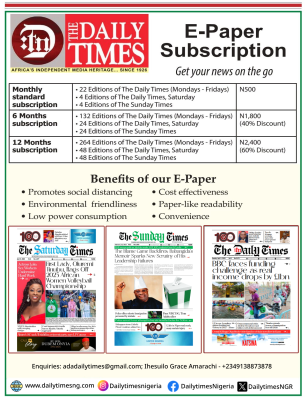Forex scarcity to continue on weak FDI inflow – Report

Foreign exchange liquidity risk may remain high due to weak Foreign Direct Investment (FDI) inflows into the country, notwithstanding the nation’s efforts to diversify the economy and boost forex revenue in the face of sharp drop in oil sector, a Proshare fourth quarter (Q4) 2016 economic strategic report and outlook 2017, has revealed.
While remittances remain strong and portfolio inflows have picked up slightly, the latter, however, remains well below an annual range of over $100 billion seen in recent years.
Many financial analysts have thrown their weight behind the Central Bank of Nigeria (CBN) decision in June to move to a flexible exchange rate. This may have set the economy on the path to recovery, but they, however, point out that lack of robustness in market policies could undermine investor confidence and hence foreign investment prospects.
They fear that continuation of multiple exchange rates by the end of Q4 2016 and into first quarter (Q1) 2017 indicates significant structural imbalances between USD supply and demand.
According to the report, the gap between the official and parallel exchange rates was too wide and would remain large, raising the scope for further currency devaluation in the near term.
In fact, they posit it was significant demand pressures that prompted monetary authorities to switch to a flexible exchange rate policy last June. Many believe this was responsible for the official exchange rate depreciation. The parallel exchange rate has weakened significantly in recent months, trading around 480 to 495 per dollar. This reflects the acute shortage of FX amid the plunge in oil prices, high import demand and increased speculative demand for FX.
It is worthy of note that the move to a flexible exchange rate policy has helped to increase FX liquidity, but current levels remain very low compared to four years ago due to strong import demand against a backdrop of weak FX inflows.
Also, the Q4 economic report projected that yields are likely to rise in line with further policy tightening and investor concerns over the local currency, the naira.
It suggested however that short-term primary market T-bill yields will rise to around 15-25percent as investors take active positions at the short end of the curve amid rising inflation and expectation of further policy tightening.
According to the report, the year on year inflation rate is likely to remain elevated amid exchange rate pass, arising from imported goods, higher fiscal spending, increases in electricity tariff and fuel prices, higher input costs and weak product markets.
It predicted that the Monetary Policy Rate (MPR) will remain elevated at 14percent and the scope of further rate hikes was high, given growing global economic uncertainties and rising naira pressures.
Meanwhile, the nation’s external reserves, which have been under pressure since the price of oil (the commodity that brings in over 90 percent of the country’s foreign exchange earnings) slumped in mid-2014, have staged a bit of a rebound in recent weeks.
According to CBN data, the reserves stood at $24.77 billion as at November 30, 2016, compared to the level of $23. 95 billion as at October 31.
Not only was this the first monthly rise in the level of the reserves in 15 months, the data also shows that there was no day in November that the reserves declined. Thus from November 1when it stood at $23.95 billion, the reserves rose steadily to close the month at $24.77 billion.








